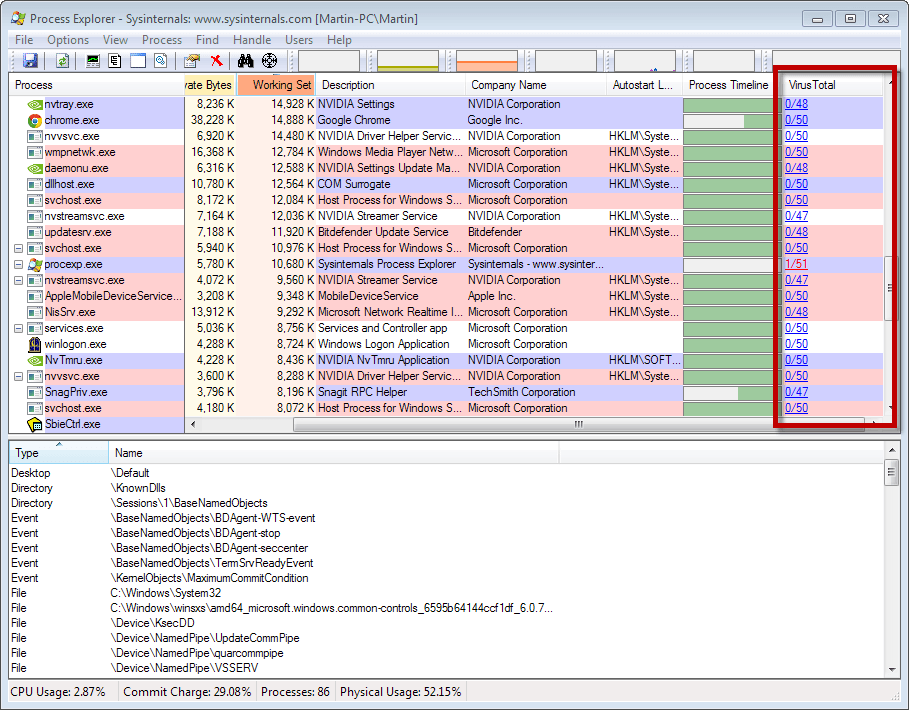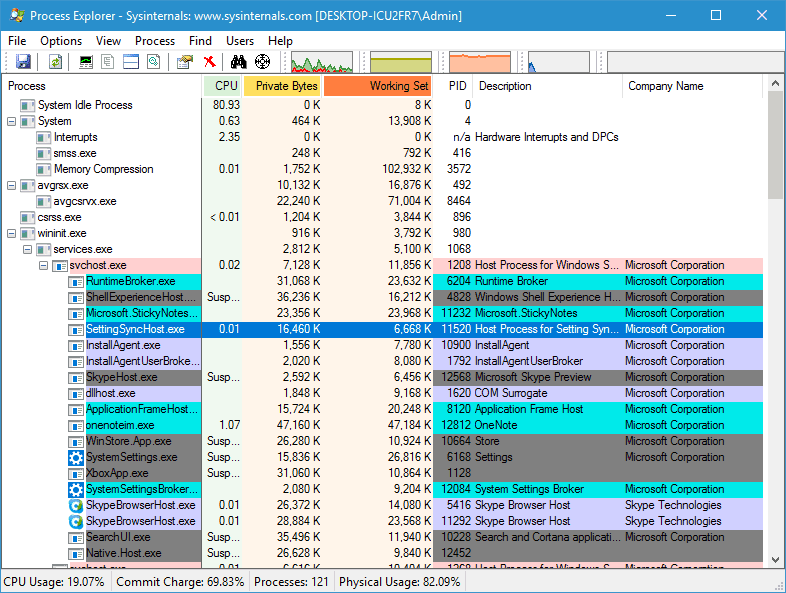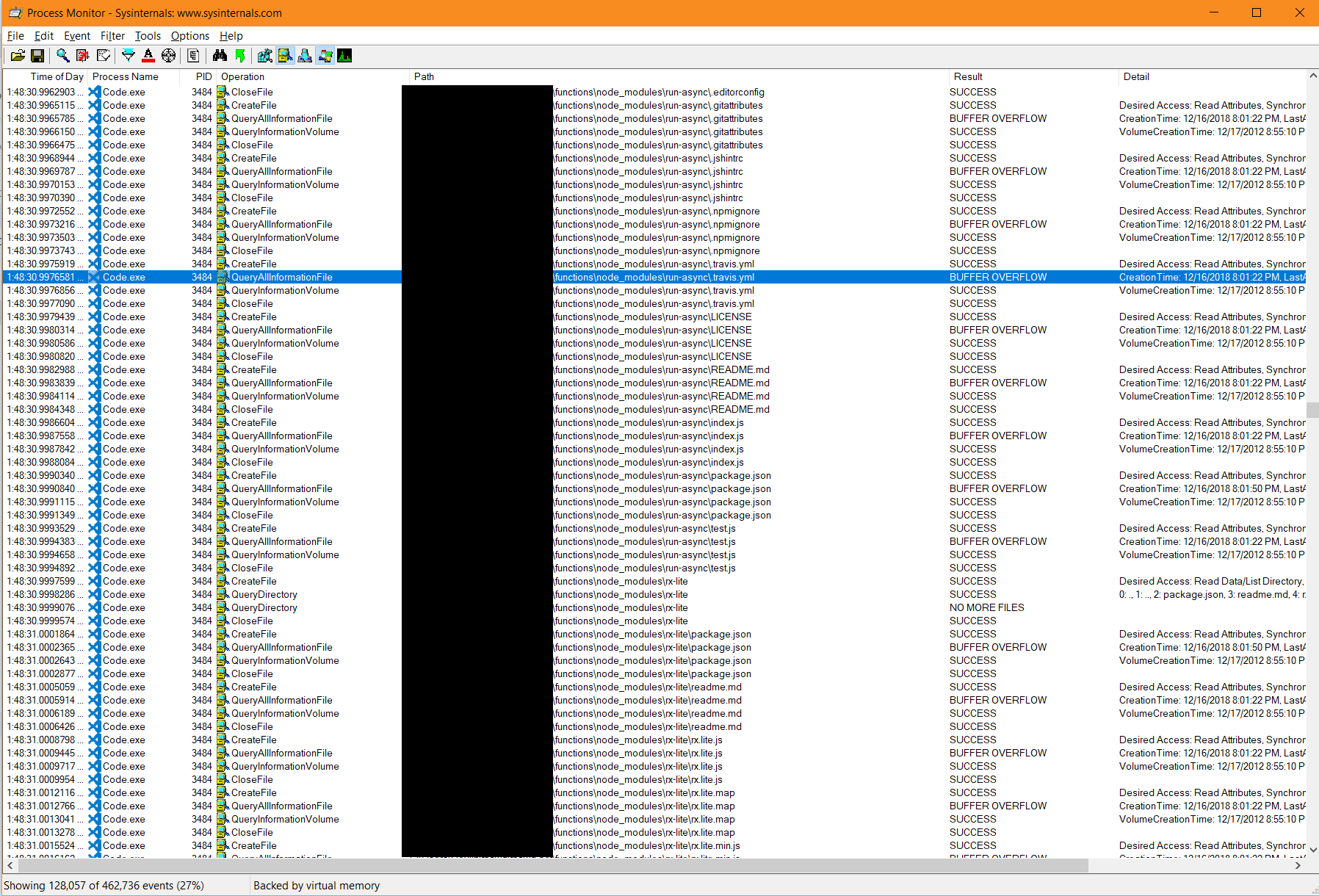

For instance, Process Monitor doesn’t care if you move your mouse around, and it doesn’t know whether your drivers are working optimally.

Process Monitor captures a ton of data, but it doesn’t capture every single thing that happens on your PC. On Windows Vista and later, you’ll be prompted with a UAC dialog, but for XP or 2003, you’ll need to make sure the account you use has Administrator privileges.

It’s also worth noting that Process Monitor always requires administrator mode because it loads a kernel driver under the hood to capture all of those events. While those utilities are still available out there, and while they might suit your particular needs, you’d be much better off with Process Monitor, because it can handle a large volume of events better due to the fact that it was designed to do so. The Process Monitor utility was created by combining two different old-school utilities together, Filemon and Regmon, which were used to monitor files and registry activity as their names imply. If you’ve ever wondered how some geek figured out a registry hack that nobody has ever seen, it was probably through Process Monitor. We don’t do a lot of registry hack articles anymore, but back when we first started we would use Process Monitor to figure out what registry keys were being accessed, and then go tweak those registry keys to see what would happen. Want to understand which registry keys your favorite application is actually storing their settings in? Want to figure out what files a service is touching and how often? Want to see when an application is connecting to the network or opening a new process? It’s Process Monitor to the rescue. This is like taking a peek at a global logfile for every single event that happens on your Windows PC. Unlike the Process Explorer utility that we’ve spent a few days covering, Process Monitor is meant to be a passive look at everything that happens on your computer, not an active tool for killing processes or closing handles. Wrapping Up and Using the Tools Together.Analyzing and Managing Your Files, Folders, and Drives.Using PsTools to Control Other PCs from the Command Line.



 0 kommentar(er)
0 kommentar(er)
